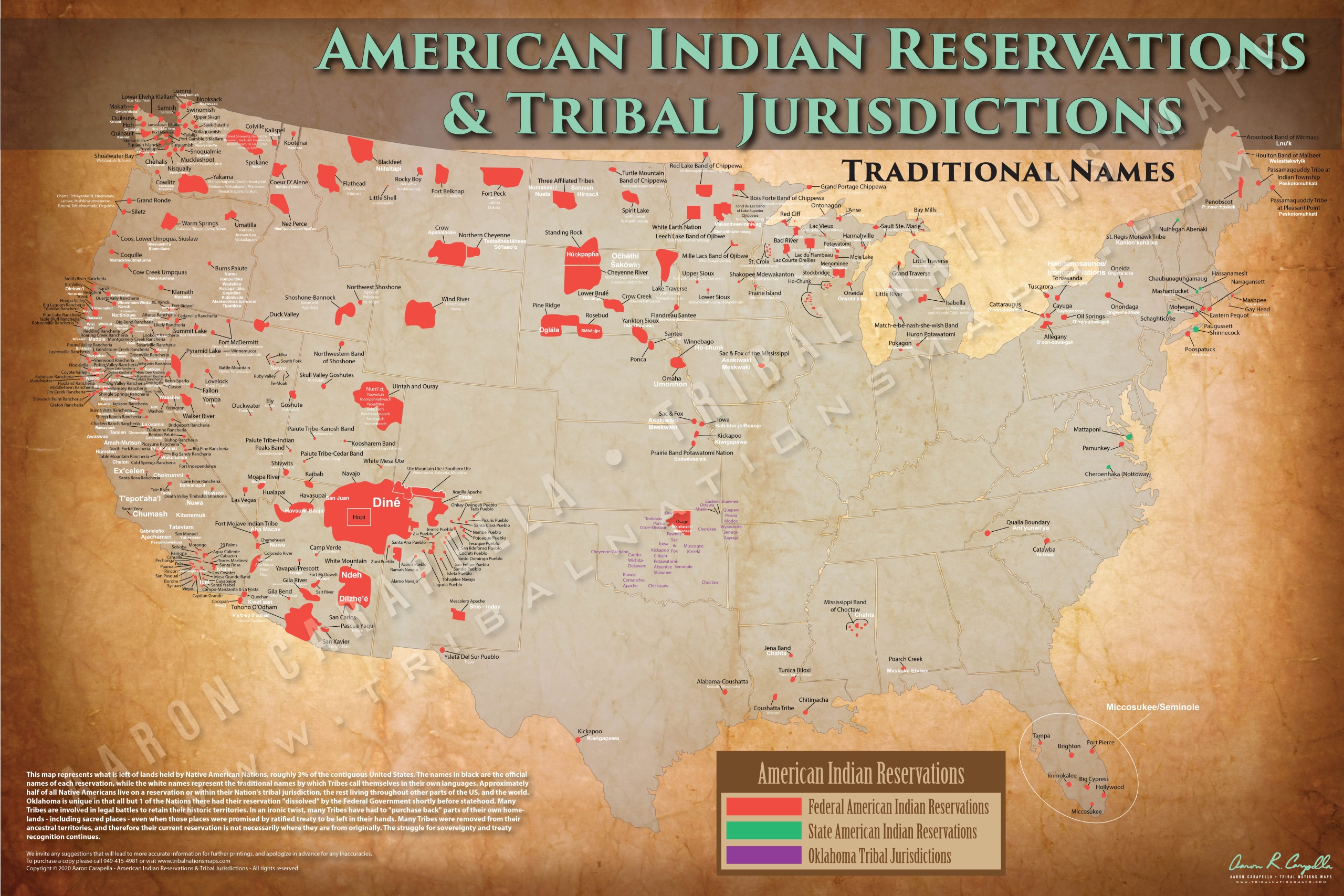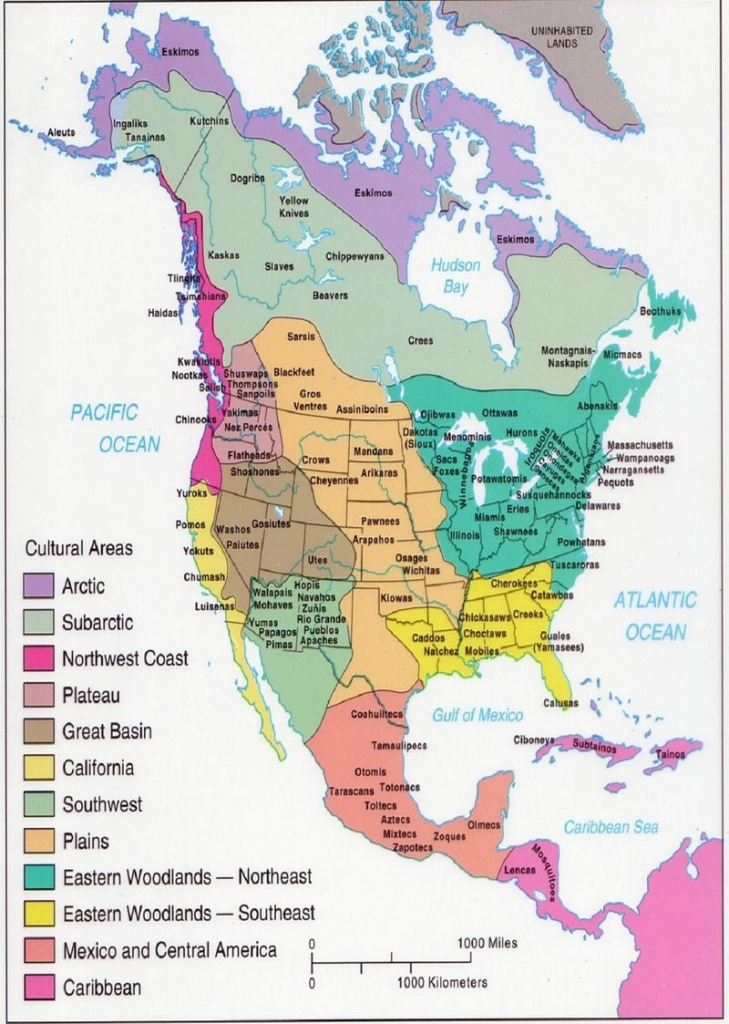Land of Many Nations: A Look at American Indian Reservations Today
Land of Many Nations: A Look at American Indian Reservations Today

The United States is often seen as a melting pot, a nation built on the dreams and struggles of immigrants from all over the world. But what about the people who were here first? The indigenous tribes who called this land home for millennia? Their story, sadly, is often relegated to history books, a footnote in the grand narrative of American progress. Yet, their presence is still felt today, on the lands they call home: the reservations.
This article aims to peel back the layers of the complex history of American Indian reservations and explore the realities of life on them in the 21st century. We’ll delve into the historical context, the challenges faced by tribal communities, and the resilience and cultural vibrancy that continues to thrive within reservation borders.
Related Articles: Land of Many Nations: A Look at American Indian Reservations Today
- Unveiling the Native Tapestry of Central Texas: Discover the Indigenous Tribes That Shaped History
- Uncover Hidden Gems: Your Guide to Native American Reservations for Affordable Cigarettes
- Unveiling New Mexico's Native American Heritage: Explore a Cultural Tapestry
- Discover the Enriching World of Native American Reservations in New Mexico
- Unveiling the Biggest Native American Tribes in America: Discoveries and Insights
A Legacy of Treaties and Broken Promises
The story of American Indian reservations is deeply intertwined with the history of colonization and displacement. It’s a story of broken treaties, forced removals, and the systematic dismantling of indigenous cultures. While the exact origin of the term "reservation" is debated, it’s clear that the concept itself was born out of a desire to control and confine Native American populations.
In the 19th century, the U.S. government engaged in a series of treaties with various tribes, often under duress and with unequal bargaining power. These treaties promised land and self-governance in exchange for peace and cooperation. However, these promises were frequently broken, with the government encroaching on tribal lands, seizing resources, and imposing assimilation policies.
The Indian Removal Act of 1830, perhaps the most infamous example of this broken trust, forced the relocation of thousands of Native Americans, including the Cherokee Nation, from their ancestral lands in the Southeast to the barren lands of Oklahoma. This "Trail of Tears" resulted in the deaths of thousands due to disease, starvation, and exposure.
The Reservations Today: A Mosaic of Cultures and Challenges
Today, there are over 570 federally recognized American Indian tribes in the United States, with over 320 reservations spread across the country. These reservations vary widely in size, population, and economic development. Some are bustling hubs of cultural and economic activity, while others struggle with poverty, unemployment, and limited access to essential services.
Life on reservations can be challenging. Many face persistent poverty, unemployment, and inadequate healthcare. The lack of economic opportunities, coupled with the historical legacy of discrimination and marginalization, has contributed to systemic inequalities.
Despite these challenges, the spirit of resilience and cultural pride remains strong within tribal communities. Reservations are vibrant centers of indigenous culture, preserving languages, traditions, and artistic expressions that have been passed down through generations.

Beyond the Stereotypes: Embracing Diversity
It’s important to remember that there is no single "Indian" experience. Each tribe has its own unique history, language, cultural practices, and governance structures. Just as the United States is a diverse nation, so too are the reservations a mosaic of different cultures and perspectives.
Economic Development and Self-Determination
In recent decades, there has been a growing movement towards tribal self-determination and economic development. Many tribes have established their own businesses, casinos, and tourism ventures, seeking to create economic opportunities and generate revenue for their communities.
This economic empowerment is crucial for tribal sovereignty and self-governance. It allows tribes to control their own destinies, invest in their communities, and build a more prosperous future.

The Future of Reservations: A Call for Understanding and Action
The future of reservations is inextricably linked to the broader social and political landscape of the United States. It requires a commitment to understanding the historical injustices faced by indigenous peoples, addressing the systemic inequalities that persist, and supporting tribal self-determination.
Here are some key steps that can be taken to ensure a brighter future for reservations:
- Respecting Tribal Sovereignty: Recognizing the inherent right of tribes to govern themselves and manage their own affairs.
- Addressing Economic Disparities: Investing in infrastructure, education, healthcare, and job creation on reservations.
- Supporting Cultural Preservation: Providing resources and opportunities for tribes to preserve their languages, traditions, and artistic expressions.
- Promoting Intertribal Collaboration: Encouraging cooperation and partnership between tribes to address shared challenges.
- Educating the Public: Raising awareness about the history, culture, and contemporary realities of American Indian reservations.

A Call to Action
The story of American Indian reservations is a complex one, fraught with both hardship and hope. It’s a story that needs to be told, understood, and acted upon. By recognizing the historical injustices, embracing the cultural richness, and supporting the aspirations of tribal communities, we can create a future where the legacy of broken promises is replaced by a spirit of partnership and shared prosperity.
FAQ about American Indian Reservations Today
Q: What is a reservation?
A: A reservation is a tract of land set aside by the U.S. government for the use and occupancy of American Indian tribes. It is a legal and political entity recognized by the federal government, with its own governing structure and legal system.
Q: How many reservations are there in the United States?
A: There are over 320 federally recognized reservations in the United States.
Q: What are the challenges faced by tribal communities on reservations?
A: Reservations face a range of challenges, including poverty, unemployment, limited access to healthcare and education, and environmental degradation.
Q: What are some examples of successful economic development on reservations?
A: Many tribes have developed successful businesses, casinos, and tourism ventures, creating economic opportunities and generating revenue for their communities.
Q: What can I do to support American Indian tribes and their communities?
A: You can support tribal communities by learning about their history and culture, patronizing tribal businesses, advocating for policies that support tribal self-determination, and donating to organizations that work to improve the lives of Native Americans.
Q: Why is it important to understand the history of American Indian reservations?
A: Understanding the history of reservations is crucial for recognizing the systemic injustices faced by indigenous peoples, addressing the inequalities that persist, and building a more equitable future.
In Conclusion
The story of American Indian reservations is a testament to the resilience, adaptability, and cultural richness of indigenous peoples. It’s a story that continues to unfold, a story that demands our attention, our understanding, and our commitment to creating a more just and equitable future for all.
Closure
Thus, we hope this article has provided valuable insights into Land of Many Nations: A Look at American Indian Reservations Today. We thank you for taking the time to read this article. See you in our next article!